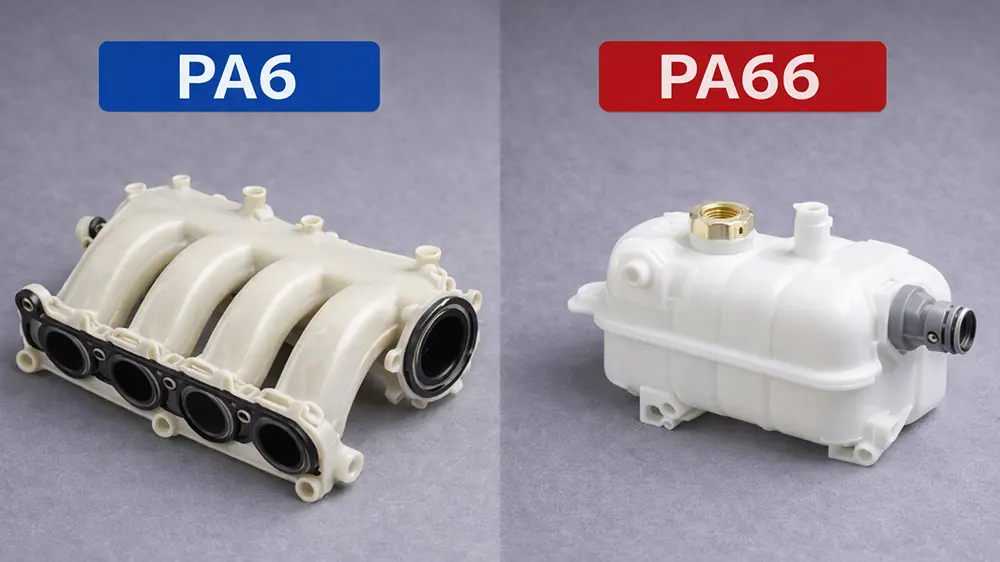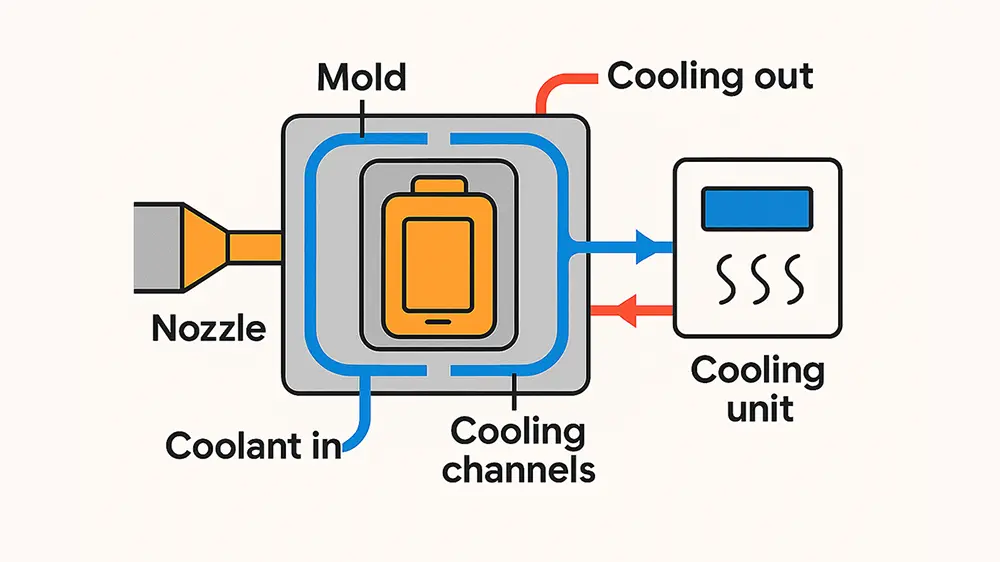Numerical control (NC) milling is a machine that uses computer control to manipulate and process cutting tools, producing parts with high accuracy and complex geometry This technology has revolutionized manufacturing is by providing many advantages over traditional hand grinding methods. In this article, we will explore the process, advantages, and applications of numerical control milling which would eventually help you in using this technique for manufacturing purposes.
As a machinist, accuracy and precision are two parameters that are of paramount importance regardless of the required application. To manufacture the right parts with correct dimensions and provide better accuracy, it is important to use the right technique. CNC milling offers these features to modern day machinists and engineering technologists. Being widely used in various industries, numerically controlled milling process has revolutionized the field of machining. The versatility, adaptability and functionality these machines provide, really solidify the notion that automation itself is the future.
The Process of Numerical Control Milling
Numerical Control milling involves several key steps that are to be followed but it really depends on the type of machine you are working with. Let’s have a look at some generic steps in this process:
- Design:The process begins with the creation of a digital design or a mechanical drawing of a part. This design is usually done using Computer-Aided Design (CAD) software.
- Programming:Computerized manufacturing (CAM) software is used to translate digital designs into machine-readable instructions. These instructions, usually G-codes, specify tool paths, speeds, feeds, and other parameters needed to machine the part.
- Setup:The workstation is securely placed on the bed or table of the milling machine, and the cutting tool is placed on the spindle.
- Tool path execution:A CNC milling machine creates programmed tool paths, moving the cutting tool along multiple axes (usually X, Y, and Z) to remove material from work in the 19th century.
- Quality control:Throughout the machining process, users can use precision measuring tools such as calipers or micrometers to ensure that the part meets requirements.
- Finishing Operations:After completion of rough milling, finishing operation is carried out to obtain the desired surface and dimensional accuracy.
Advantages of Numerical Control Milling
Numerical Control milling offers several advantages over traditional manual milling methods:
- Accuracy:CNC milling machines can have very tight tolerances, ensuring that parts are machined to high accuracy and consistency.
- Efficiency:CNC milling machines can operate continuously, reducing production time and increasing productivity as compared to manual milling.
- Versatility:CNC milling can be used to produce a wide range of complex part geometries, making it suitable for a variety of projects and applications.
- Automation:CNC milling machines can be fully automated, reducing the need for manual intervention and improving overall system efficiency.
- Cost:Despite the initial investment, CNC milling can be cost-effective for the manufacture of high-precision parts due to its efficiency and repeatability.
Applications of Numerical Control Milling
Numerical Control milling finds applications in various industries, including:
- Aerospace:CNC milling is used to manufacture critical components such as aircraft structural parts, engine parts and avionics.
- Automotive:CNC milling is used to produce engine parts, cylinder heads, transmission parts, and other automotive parts.
- Medical:CNC milling is used to manufacture medical devices, implants and surgical instruments with high accuracy and quality.
- Electronics:CNC milling is used to manufacture electronic components, circuit boards, and enclosures with complex shapes and materials.
- Prototyping:CNC milling is used to create prototypes and models for product development and testing.
Limitations and Challenges of Numerical Control Milling
While Numerical Control (NC) milling offers numerous advantages, it also comes with its own set of limitations and challenges that manufacturers need to consider:
- Initial cost:The initial cost of setting up a CNC milling plant can be high, including the cost of machinery, equipment, software and training This can be a barrier to entry for small businesses or start-ups.
- Maintenance and repair:CNC milling machines need regular maintenance to ensure proper operation and accurate parts. In addition, when a machine breaks down, repairs can be expensive and time-consuming, causing delays and delays.
- Skills Required:Operating a CNC milling machine requires special skills and training. Users must understand machine programming languages, tools, and hardware, which may limit the availability of qualified personnel.
- Material limitations:Although CNC milling can work with a wide range of materials including metals, plastics and composites, some materials can be difficult for the machine e.g., materials with high hardness or abrasiveness can damage tool use cut it faster, increasing tool costs.
- Complex design:CNC milling machine design can be complex, especially for parts with complex geometry or materials. This requires a thorough understanding of machine capabilities and programming languages such as G-code or CAM software.
- Size limitation:CNC milling machines are available in various sizes, with larger machines capable of machining larger parts. However, even large machines have limitations on the size and weight of parts that can be efficiently machined.
- Limited Flexibility:Although CNC milling is versatile, it may not be suitable for all types of machines. For example, some processes, such as deep hole drilling or high-speed machining, may require special tools or techniques that are not easily accomplished with standard CNC milling machines.
- Equipment Cost:CNC milling requires specialized cutting equipment which can be expensive to buy and maintain. In addition, these tools must be replaced frequently, increasing the overall mechanical cost.
Despite these limitations, CNC milling is a powerful and important machine in a variety of industries. Manufacturers can overcome many of these challenges by investing in high-quality machinery, thorough operator training and the latest advances in CNC milling.
Conclusion
So from the article, it can be concluded that, numerical control milling is a versatile and accurate machine that offers many advantages over traditional manual methods and the ability to produce parts with high accuracy, efficiency and durability makes it an indispensable technology in modern manufacturing. Whether in aerospace manufacturing, automotive parts, medical devices, or prototypes, CNC mills will play an important role in shaping the future of manufacturing.





